Data presented at a Department of Agriculture Dairy Calf working group meeting last Friday shows that calf slaughtering increased by 16% in 2022. The figure stands at 29,495 calves on Irish dairy farms up to the end of April 2022, up from 25,361 for the same period in 2021. In total, 100 dairy farms are responsible for 53% of calf slaughtering that has occurred in 2022, therefore 100 dairy farms slaughtered an average of 156 dairy calves so far in 2022.
This is despite the Department of Agriculture engaging with a lot of these herds in 2021 to reduce calf slaughtering taking place. Calf slaughtering currently stands at 2% of the total number of births on dairy farms in 2022, which currently stands at 1,362,450 births.
Table 1 outlines the current state of play in relation to calf slaughtering and what happens to calves on dairy farms. In 2022, calf slaughtering increased by 16.3%, the number of claves exported out of the country has increased by 19.6%, while the overall mortality rate on Irish dairy farms has decreased by 15.7% so far this year.
About 35% of the total number of calves born on Irish dairy farms this spring were traded to a mart (193,476). This is up from 178,169 mart sales for the same period in 2021. Farm to farm sales are back 12.6% in 2022 compared to 2021 figures.
Advice has changed in recent years and Teagasc is now advising dairy farmers to use sexed semen to generate sufficient numbers of replacements and then use high-DBI beef bulls for the rest of the breeding season. ICBF also wrote to 16,000 dairy farmers in March 2022, advising the need to “produce calves that can integrate into our beef industry.”
A survey of 355 dairy farmers earlier this year found that just 1% or two farmers ranked improving beef calf quality as the number one trait they want to improve in their herd in 2022.
Working group
The Dairy Calf working group was set up by the Department of Agriculture to address a number of issues around the growth in dairy calf births and what the advice and practicalities are around increased numbers of calves on farms.
The group is made up of representative from the Department of Agriculture, Teagasc, Bord Bia, ICBF, farm organisations, farmers and other stakeholders involved across the beef and dairy sectors.
The group has met on a number of occasions over the last couple of years to help form a future strategy around dairy calves.
Figures presented to the group on Friday point to a relatively stable birth profile for 2022. Dairy births are up 3.5%, while dairy beef births are down Suckler beef births are down 4.1%.
Early indications are that dairy AI for 2022 will also be down, with the use of sexed semen doubling in the early part of the 2022 breeding season on dairy farms. About 2,000 dairy herds used 50-60,000 units of sexed semen in 2021.




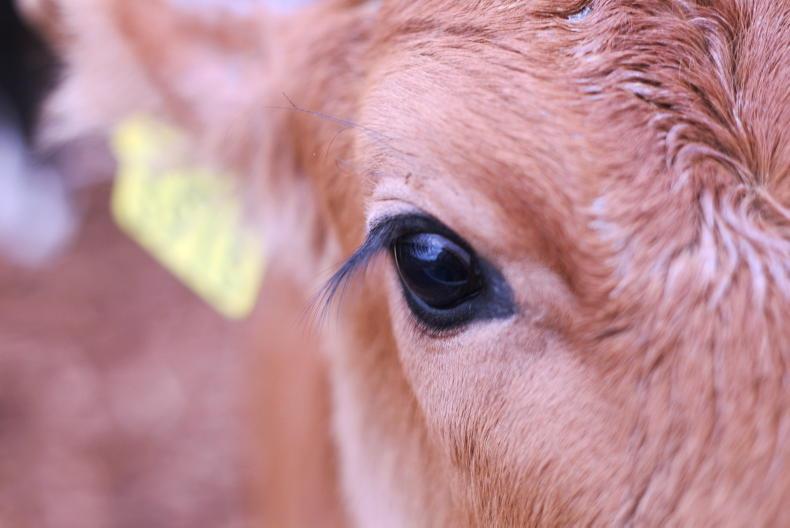
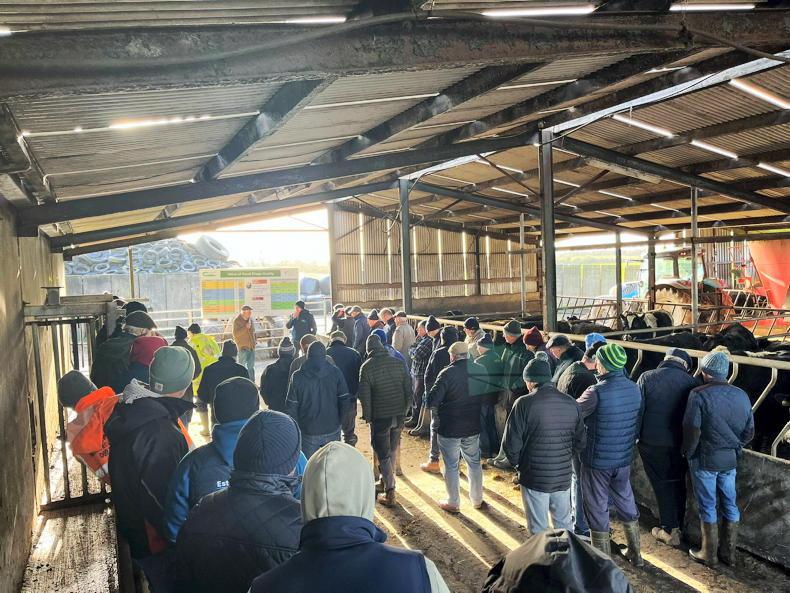

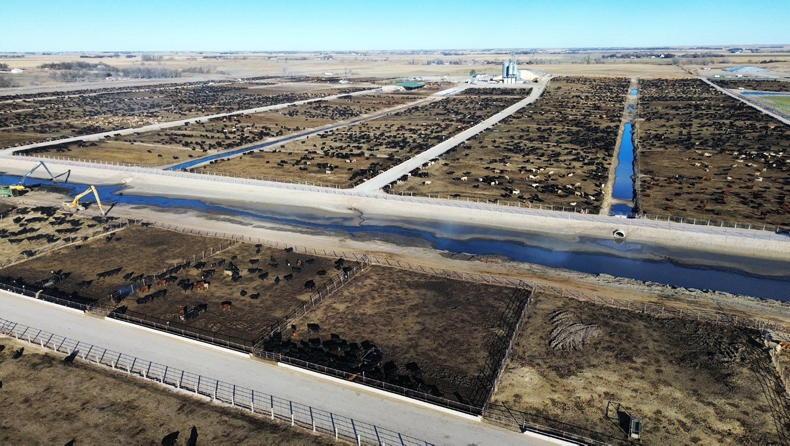
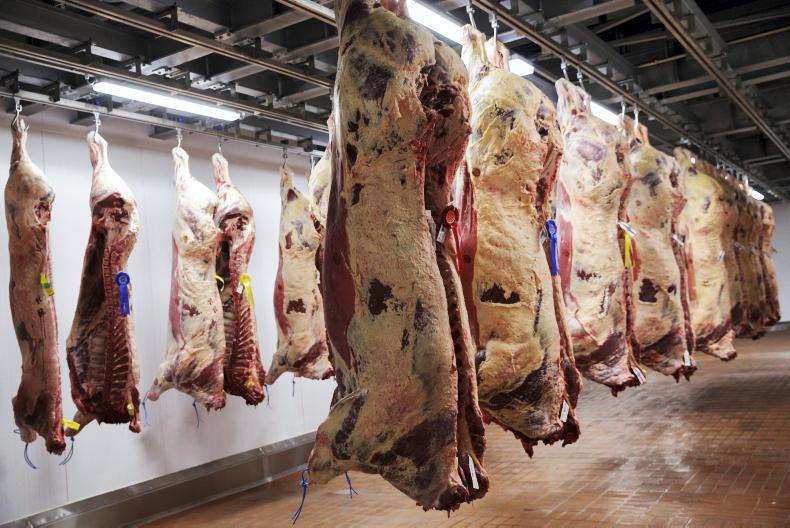
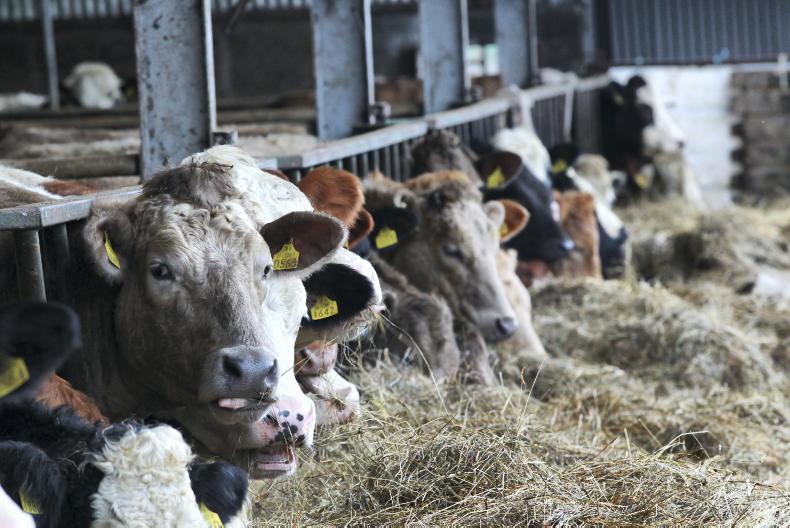
SHARING OPTIONS